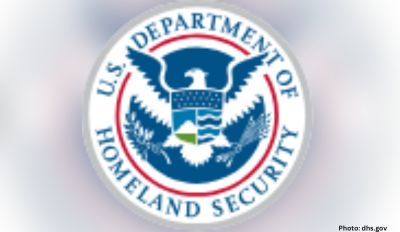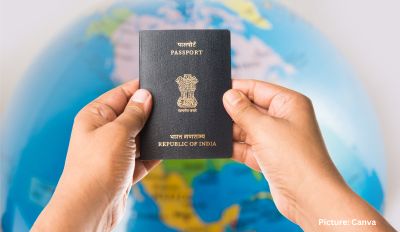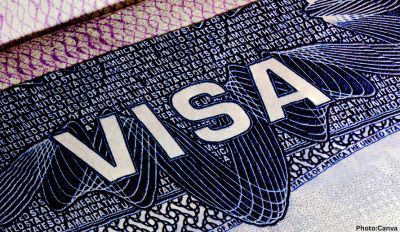New statistics from the UK Home Office have revealed that Indian nationals topped the list for skilled worker and student visas issued in the past year. The figures show that Indians made up the largest group of students granted visas under the new Graduate post-study work route, accounting for 41% of grants, and were the top nationality for cross-sector skilled work, including specifically targeted healthcare visas aimed at filling staff shortages in the NHS. Indian nationals represented a third (33%) of grants for visas in the ‘Worker’ category, and were by far the top nationality for both the ‘Skilled Worker’ and ‘Skilled Worker – Health and Care’ visas. Skilled worker visas granted to Indians rose 63%, from 13,390 in 2021-22 to 21,837 in 2022-23, and in the healthcare visa category, Indians registered a 105% hike from 14,485 to 29,726.
The data also showed that there were 138,532 sponsored study visa grants to Indian nationals in the year ending March 2023, an increase of 53,429 (63%) compared to the previous year and the largest number of study visas granted to any nationality. Grants to study for Indian nationals have risen markedly since 2019 and are now around seven times higher than they were then. Nigeria had the highest number of dependents (66,796) of sponsored study visa holders in the year ending March 2023, increasing from 27,137 in the previous year. Indian nationals had the second-highest number of dependents, increasing from 22,598 to 42,381.
The latest data comes after UK Home Secretary Suella Braverman announced a clampdown on the right of student visa holders to bring dependent family members, limiting it only to PhD level students. “This package includes: removing the right for international students to bring dependents unless they are on postgraduate courses currently designated as research programmes”, Braverman said in a statement to the House of Commons announcing a new package of measures to curb migration. It was widely seen as pre-emptive action ahead of the latest ONS figures revealing that net migration to the UK hit a record 606,000 in 2022-23, up from 504,000 in the previous year and driven by a sharp rise in workers and students from outside the European Union (EU). More people from outside the EU arriving on student and work visas, as well as Ukraine and Hong Kong schemes, all contributed to the rise, the ONS said.
Speaking about the numbers, Prime Minister Rishi Sunak said, “Numbers are too high, it’s as simple as that. And I want to bring them down.” He added, “Well, no, I think the numbers are just too high,” when asked if immigration was out of control. Sunak said that the measures to tighten visa rules for overseas students put in place this week were “significant” and would bring levels down over time. From next year, only those on post-graduate research programmes will be able to bring their families to the UK in a bid to drive down net migration.
The spike in the numbers will intensify calls for a tougher crackdown on immigration norms from within the governing Conservative Party, which has had an election target to bring down overall numbers, especially in the wake of Brexit. However, experts warn that including overseas students within overall net migration statistics is in itself a flawed approach. “We have a situation where migration figures are scaring people and I feel very strongly about this,” said Lord Karan Bilimoria, co-chair of the All-Party Parliamentary Group on International Students, who has raised the issue in Parliament. “We must exclude international students from the net migration figures. America and Australia treat international students as temporary migrants. We are unnecessarily creating a fear of immigration by including them because international students, on the whole, go back to their countries where they come from,” he said.











